The same Sheriff’s Department that is upset over federal secret surveillance in jail probe had no problem spying on Compton residents.
Editor’s Note: The Los Angeles County Sheriff’s Department deployed a small Cessna to circle the sky above Compton for nine days in 2012. It aimed to film the city like a video version of Google Earth, capturing crime scenes that could help deputies identify and catch suspects. Ultimately, the images weren’t detailed enough to be useful, and the department axed the program. The Center for Investigative Reporting revealed the project earlier this month, and the Los Angeles Times caught on this week. Now that the news is out, locals are asking: Why didn’t we know?
Want to share your own opinion? Email [email protected].

A neon sign for the LA County Sheriff’s Department |
Michael Dorausch
I am not oblivious to the fact that I can be watched and tracked by the powers that be.
I realize that when I check in on Facebook, drive my car or use my cellphone, I am practically inviting those “powers” to do so. I resigned myself a long time ago to the idea that even in my bed in the dead of night, somebody could be watching.
So for me, the problems with the Los Angeles County Sheriff’s Department’s secret mass surveillance experiment conducted on the residents of Compton in 2012 have less to do with the actual experiment than with the cloud of secrecy around it – especially the decision not to inform the public in order to avoid complaints or public outrage. [Read more…]









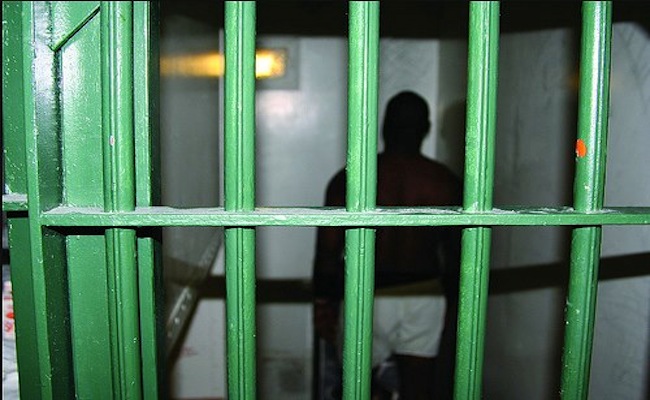
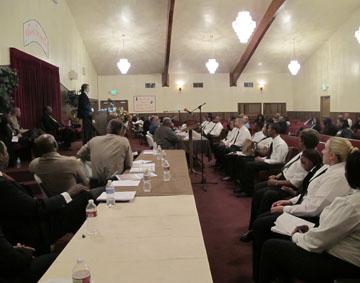
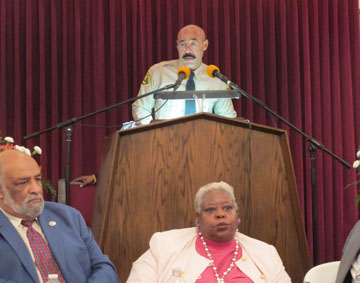
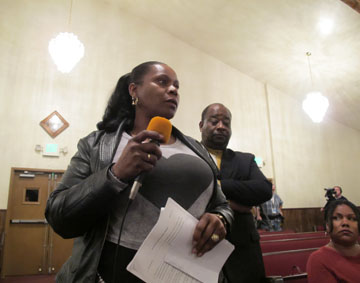
 Parents gathered last week to protest the school’s reopening with an entirely new staff.
Parents gathered last week to protest the school’s reopening with an entirely new staff. Mark Berndt, 61, was arrested in January on suspicion of committing lewd acts upon a child.
Mark Berndt, 61, was arrested in January on suspicion of committing lewd acts upon a child.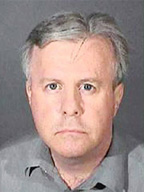 Martin Springer, another teacher at Miramonte, was arrested four days after Mark Berndt.
Martin Springer, another teacher at Miramonte, was arrested four days after Mark Berndt.




